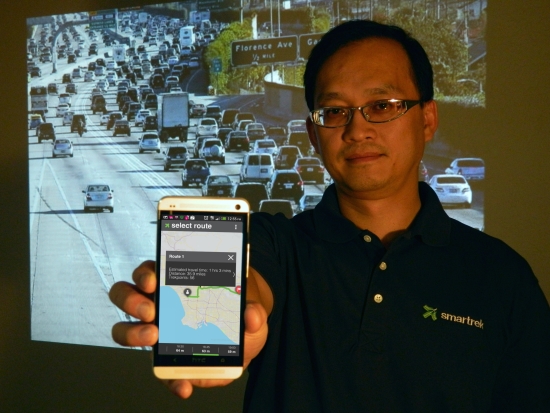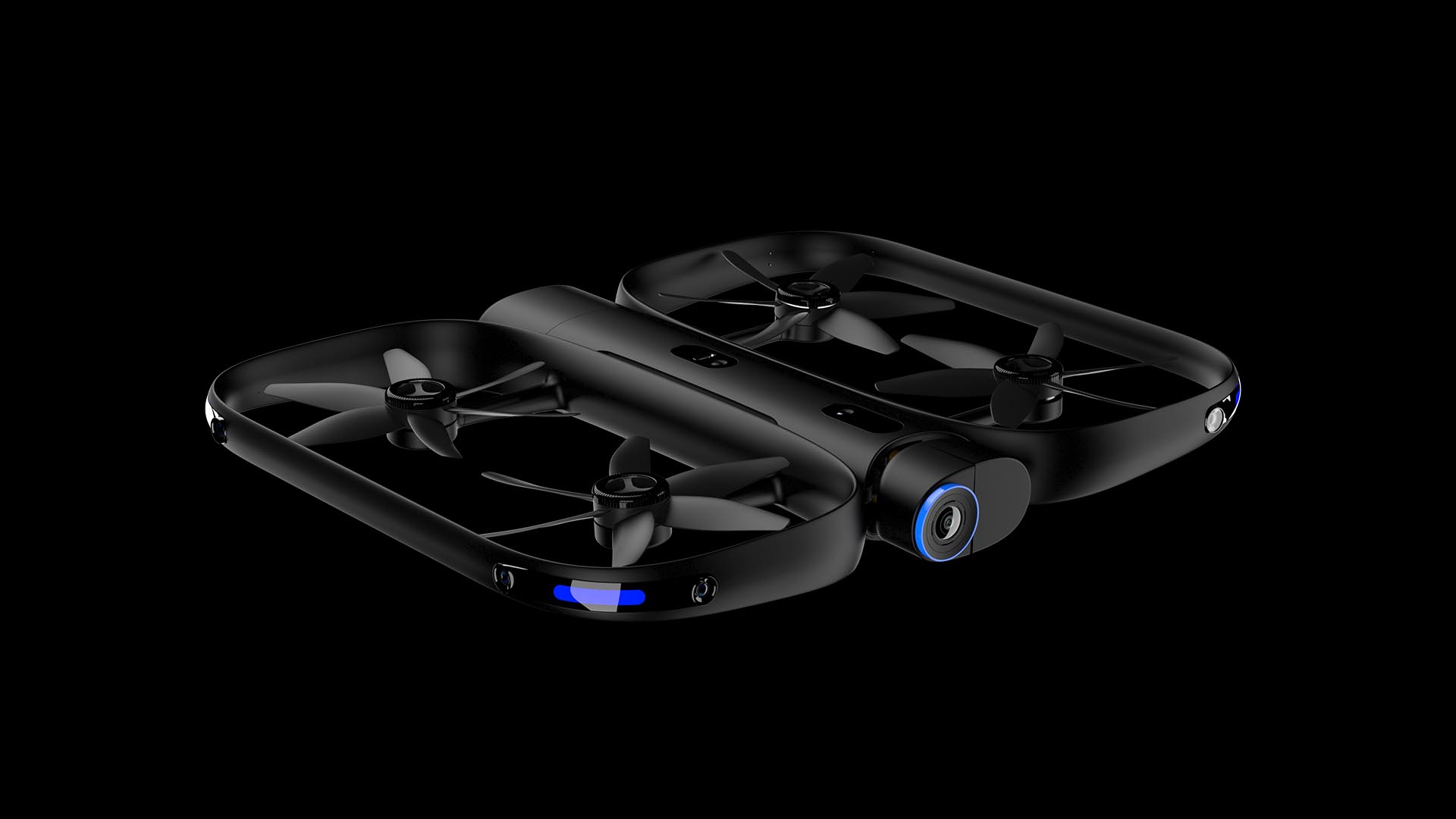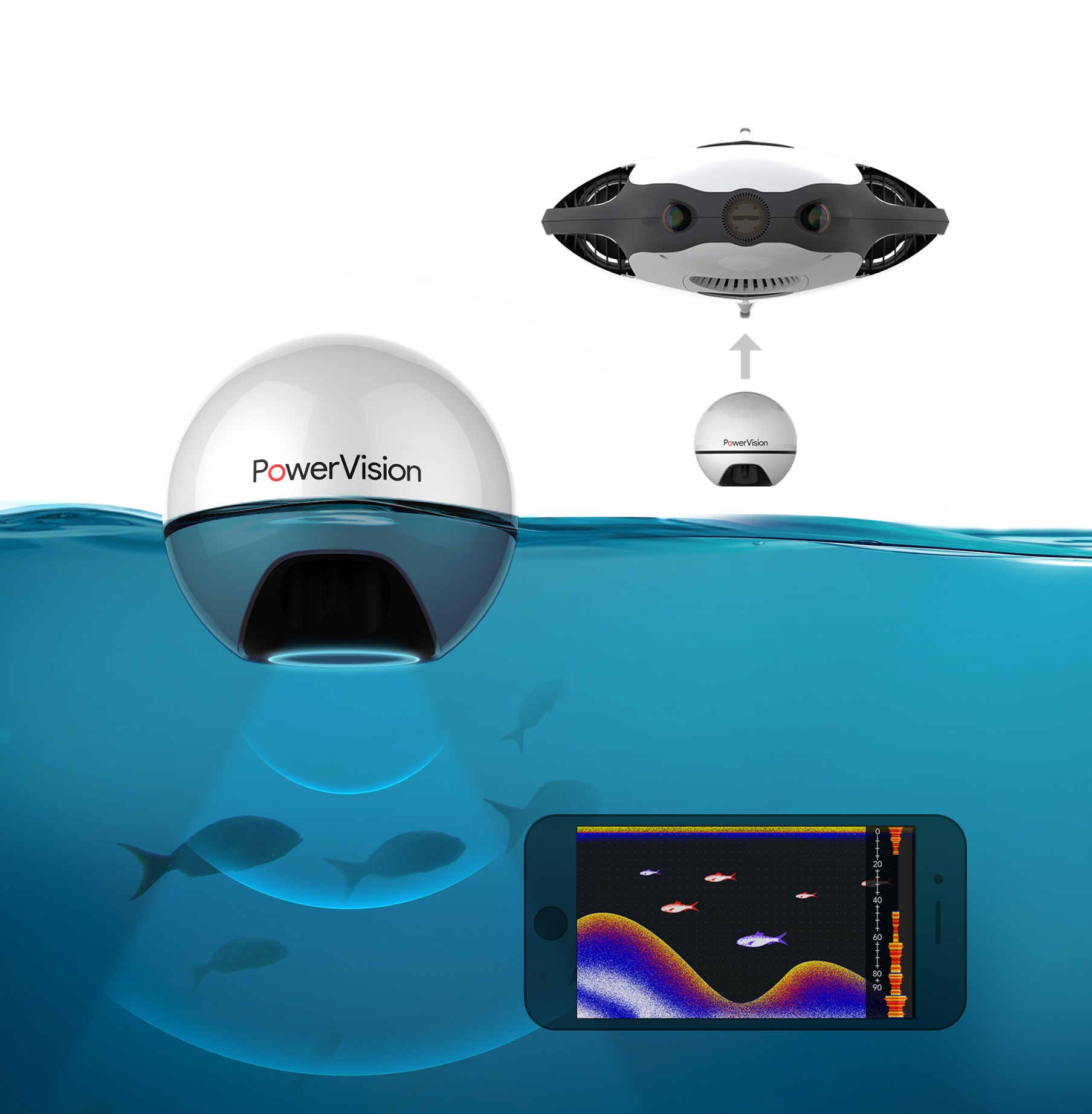September 12, 2013
TUCSON, Ariz. – When we suddenly realize we're stuck in highway traffic, we usually ask ourselves why didn't we leave at a different time, or choose a less congested route. Even when we have the latest navigation device or app, we may still wonder if everybody is following the same navigation, and taking the same route.
A University of Arizona associate professor of civil engineering wants us to rethink how we are all part of the urban traffic congestion problem, and how we could also be part of the solution.
The concept is simple – if you have a flexible schedule for your next trip, you could choose to leave a bit earlier, or later, or take a less congested route, and get rewarded for doing so. Those who don't have a flexible schedule will also benefit from you removing yourself from rush hour traffic.
This concept is now coming to life through the mobile app Smartrek, which works differently than other traffic navigation apps by actually managing traffic demand by influencing driver choice to spread demand over a longer period of time. Smartrek is set to launch this month in the Los Angeles and Phoenix metro areas.
The app uses advanced traffic prediction and vehicle routing technology, combined with user rewards, to give drivers the best suggestions for avoiding traffic while helping reduce traffic congestion.
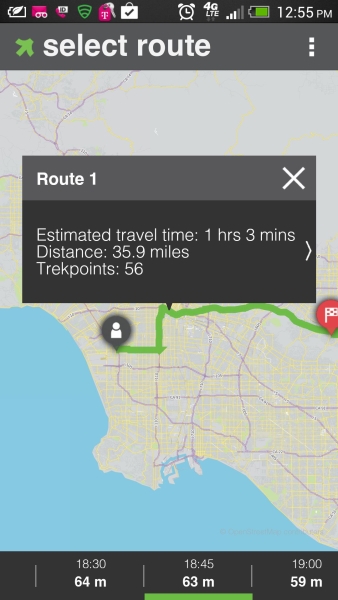
The app uses advanced traffic prediction and vehicle routing technology, combined with user rewards, to give drivers the best suggestions for avoiding traffic while helping reduce traffic congestion.
Smartrek inventor Yi-Chang Chiu, a faculty member in the UA College of Engineering, says the secret is in actively managing traffic demand and diverting enough drivers away from congested routes during peak hours to make the entire system work smoother and more efficiently.
"This is more than about being the best navigation app, it's about revolutionizing how drivers and transportation agencies rethink traffic congestion and work together to solve the rising traffic congestion problem right now, and for the future," Chiu said.
When presenting the Smartrek concept to transportation agencies, business partners and other groups, Chiu frequently uses the "rice pour demonstration" as an example of why traffic jams occur. When you pour rice in a funnel all at once, the rice grains – representing vehicles – clog the funnel and come to a halt because too many are trying to pass through at the same time. When you pace the flow of rice – pour slower – the grains pass smoothly and efficiently through the same funnel.
Smartrek allows drivers to pace themselves to help alleviate this effect, and dynamically adjusts itself to not send too many drivers to a single route. If a route receives too many reservations, other less utilized routes will be assigned with more reward points. "This is how we balance the traffic load and avoid the herd effect," Chiu said.
Those easy, turn-by-turn navigation apps on your smartphone can actually exacerbate traffic problems, says Chiu, who built the Smartrek mobile platform based on analysis of historical and real-time traffic data collected from various sources.
"There are a lot of apps currently on the market that recommend routes based on real-time conditions," Chiu said. "Those vendors sell the app by offering information so you can beat the traffic, but in the future, most drivers will have the same information.
"But if 1,000 drivers request a route for the same origin-destination trip, they will all receive a recommendation for the same route. A green mile that shows up on a map now will become worse than previously predicted in 15 minutes, after all the drivers receive the same navigation guidance, and everybody takes the same route," Chiu said.
Smartrek uses incentives and highly accurate travel time predictions to encourage drivers to make their trips outside peak hours and away from congested routes, rewarding those with flexible schedules who are willing to vary their departure times for more efficient travel. "It essentially allows drivers to coordinate their trips to make everyone's trips smoother," Chiu said.
The potential rewards incentives – like parking vouchers, sports tickets, coupons, discounts, raffle drawings – come at minimal costs for governments and merchants, Chiu said.
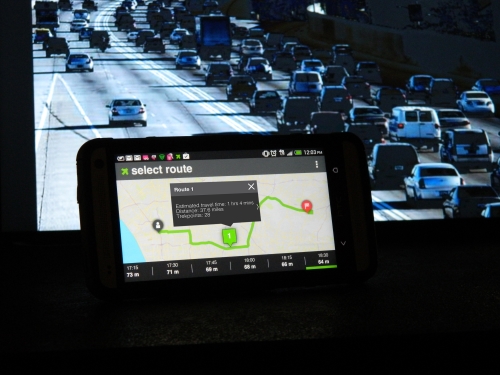
During the pilot field study period, 80 percent of travelers saved time with Smartrek.
Many drivers in major cities are on fixed schedules because of their work obligations, Chiu said. But for the rest of the drivers, carefully selecting departure times and routes through the data the app presents will shave about 20 percent off their travel time. The predicted travel times and routes for multiple future departure times are immediately displayed by the app, so drivers can select the best departure times that fit their schedules. The least congested the departure time and route, the more rewards points a driver can earn for completing that route at the time specified.
"Those who have fixed rigid schedules also benefit from those who use the app to avoid the most congested traffic periods," said Chiu, estimating the entire traffic system of a major city will see a 10 to 15 percent reduction in road congestion. "Our research shows we need only 10 percent of drivers to avoid peak hours to make a noticeable difference in traffic flow."
A recent field test of Smartrek in the Los Angeles area showed the majority of users were willing to change their normal driving times and the routes they take. By week six of the testing period, more than 60 percent of users were willing to change their departure times and routes.
The more drivers adjust their daily routes, the more travel time they save, Chiu added. During the pilot field study period, 80 percent of travelers saved time with Smartrek. Travelers who changed their departure time only, but used the route they normally drive, reduced their travel time by 19 percent on average. People who changed their route only, but used the same departure time, saved 17 percent on their normal travel time. People who changed both saved more than 20 percent on the time they spend on the road.
"These are the ways of creating an ecosystem where the drivers, the government agencies, the merchants all contribute to running the system through an economic market driven approach," Chiu said. "The value proposition to the drivers, the agencies and the vendors is very clear."
Smartrek has secured critical key funding for its development, launch and operation, and has ongoing efforts to scale up the platform and its traffic demand management capabilities. Smartrek is scheduled to be up and running in five cities by the end of the year and 20 more cities in 2014.
Chiu says the Smartrek mobile app is a great example of University officials getting behind a University-developed technology. As soon as a provisional patent was filed in early 2011, the UA Office of Technology Transfer and ATLAS center offered seed money to swiftly move Chiu’s invention from idea to production. Incorporation and business mentorship for Smartrek's development company, Metropia, Inc., is provided by the Arizona Center of Innovation, the startup incubator managed by the UA's Tech Launch Arizona.

